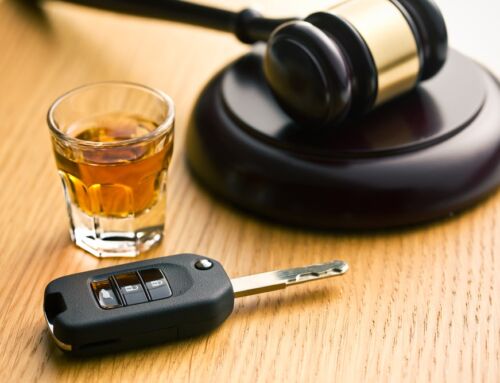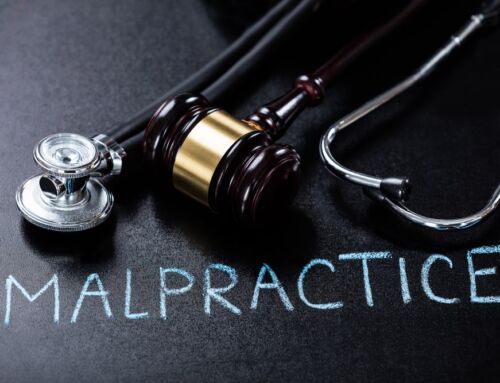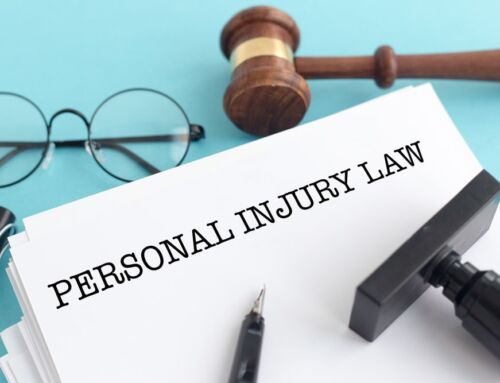 As an American adult, chances are you’ve been in an accident or you know someone who has. So you know that the ensuing aches and pains – especially aches and pains affecting the back and neck – come with the territory. But unless you’ve been to the doctor, you may not know exactly what makes it so hard to sit, stand, walk, or even turn your head after an accident. In this article, we’ll explore the causes of neck and back pain after a personal injury accident.
As an American adult, chances are you’ve been in an accident or you know someone who has. So you know that the ensuing aches and pains – especially aches and pains affecting the back and neck – come with the territory. But unless you’ve been to the doctor, you may not know exactly what makes it so hard to sit, stand, walk, or even turn your head after an accident. In this article, we’ll explore the causes of neck and back pain after a personal injury accident.
Common back injuries
Although it seems counterintuitive, even a minor car crash or “fender bender” can exert tremendous force on the human body. Our backs tend to be especially vulnerable to this type of force. To understand why this is the case, you must first know some basic anatomy.
When it comes to the anatomy of the human back, there are three primary areas, with the spine and vertebrae (spinal column) at the center of each one. Starting at the top these are the cervical area (neck), thoracic area (upper back), and lumbar area (lower back). Discs, nerves, and soft tissues such as muscles, tendons are also situated in each area.
Trauma to any or all of these tissues, bony structures and nerves can cause acute to chronic discomfort. The extent of the pain depends on where the trauma occurs and the type and extent of the injury.
Common accidental back injuries include:
- Fractures
- Strains – excessive or sudden stretching of the ligaments, tendons or muscles.
- Sprains – soft tissue damage
- Herniated (displaced) discs
- Impairment of the spinal cord
Common neck injuries resulting from accidents
Most people are familiar with “whiplash.” This is a generic term for neck injuries that are usually – but not always – caused by car accidents. The term comes from the abrupt forward and back movement of the head and neck that causes soft tissue damage.
The technical term for whiplash is neck strain. Neck strains involve damage to the muscle or the tendons. These are the bands of tissue that connect muscles to bones. Along with pain, symptoms include neck tightness, decreased range of motion, stiffness, tenderness, and headaches.
Accidents can also cause other types of neck injuries, including serious damage to the cervical vertebrae, discs and even the spinal cord itself. Some of these injuries can result in total or partial paralysis, loss of feeling and loss of function in one or more parts of the body.
Diagnosis of neck and back injuries after an accident
As we noted earlier, the best way to find out the exact cause of your back or neck pain after an accident is by seeking medical attention.
It doesn’t matter whether you go to the ER or see your personal physician. In either case, the doctor will most likely do a physical exam and order diagnostic imaging. This may include x-rays, a CT scan, MRI and/or bone scans.
Once the doctor knows the type and extent of your injuries, he or she can come up with a plan for immediate and ongoing treatment, if necessary.
Contact experienced back and neck accident attorneys now
If you are struggling to cope with the debilitating effects of a neck or back injury sustained in an accident someone else caused, an attorney may be able to help, as explains the Law Office of Parag L. Amin, P.C. A knowledgeable personal injury lawyer can quickly and easily assess your individual circumstances to determine if you have a viable case. If so, he or she will also discuss your legal options.





